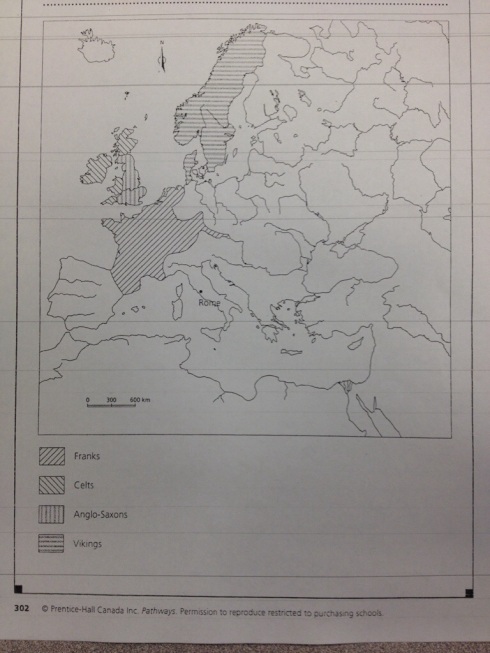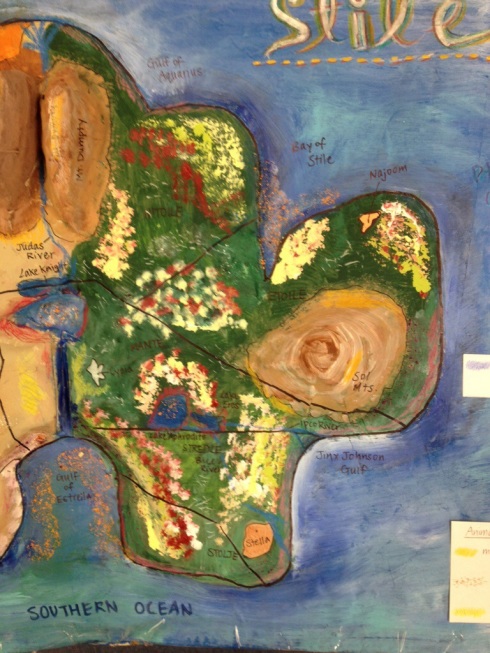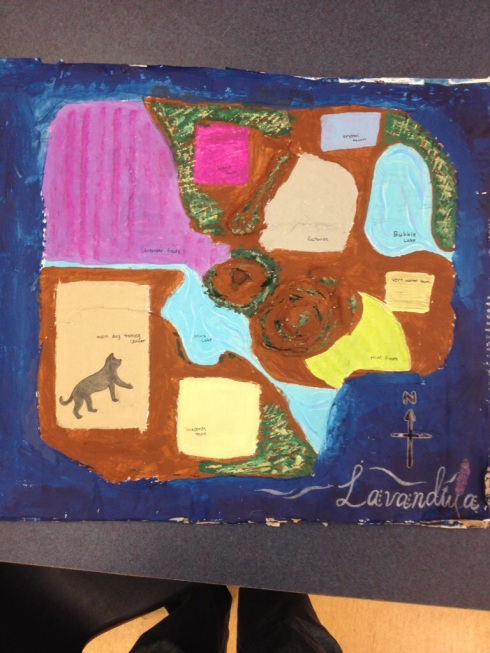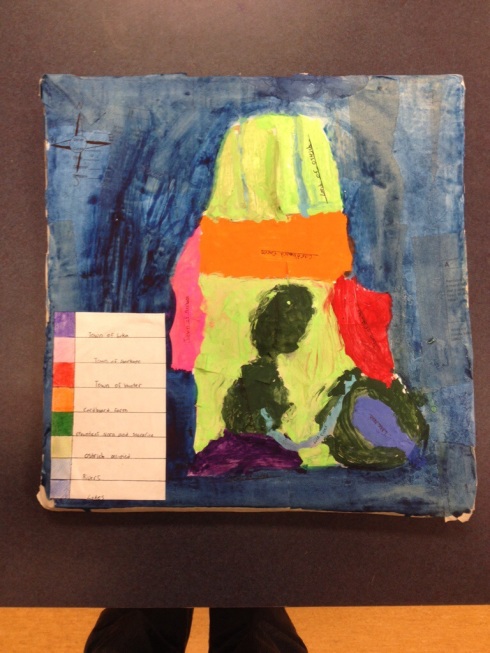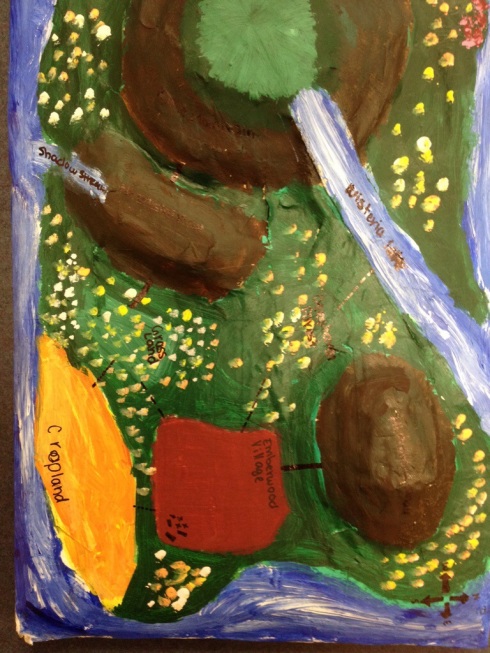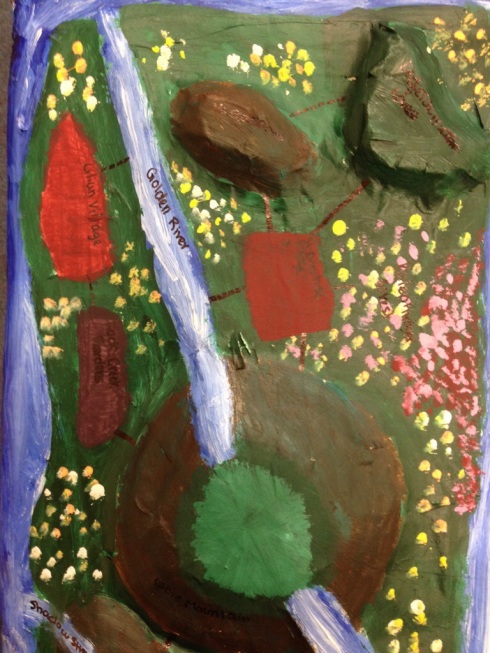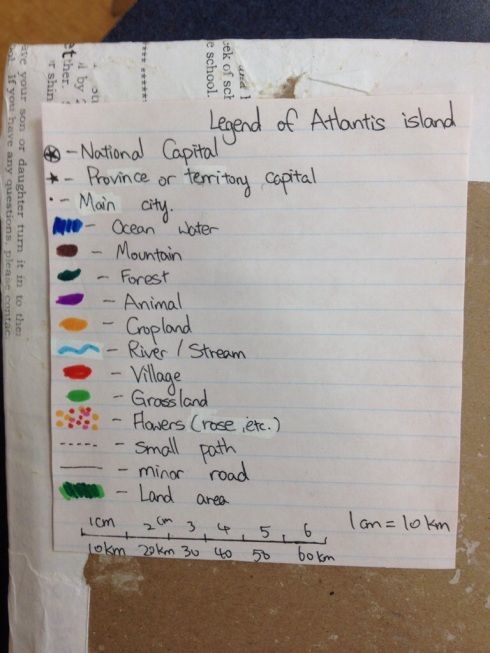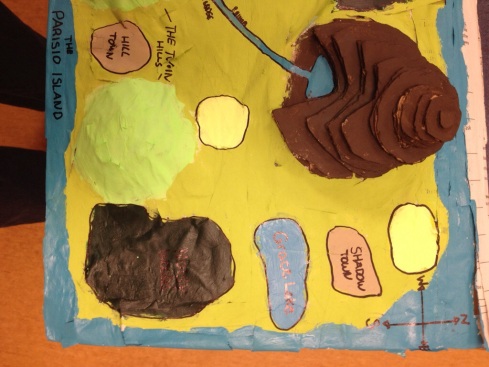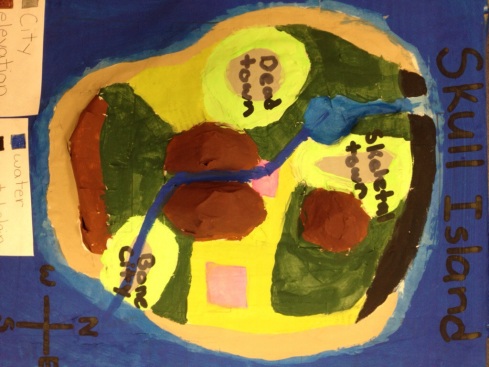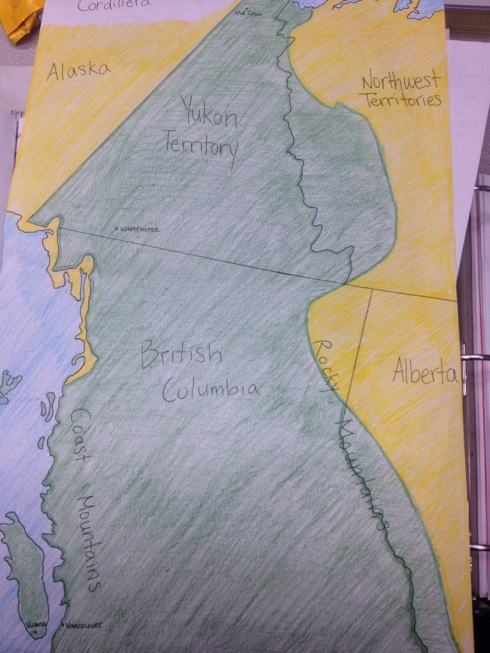During today’s documentary day we are going to watch and respond to a few documentaries…
What did you think about Blackfish?
Do you think animals should be kept in captivity?
What does this film about Whales in the USA have to do with Vancouver since the Vancouver Aquarium closed their Orca tank in 2001 after public scrutiny
Dr. Jane Goodall’s entire letter to the Vancouver Park Board:
Dear Park Board Chairman and Commissioners,
The capture, breeding and keeping of cetaceans world-wide has come under increasing public scrutiny due to recent high-profile stories being released from industry insiders. The scientific community is also responding to the captivity of these highly social and intelligent species as we now know more than ever, about the complex environments such species require to thrive and achieve good welfare. Those of us who have had the fortunate opportunity to study wild animals in their natural settings where family, community structure and communication form a foundation for these animals’ existence, know the implications of captivity on such species.
I understand the Vancouver Park Board and the Vancouver Aquarium became industry leaders in 1996, when an agreement was made to not allow the keeping of cetaceans caught from the wild after September 16th of that year (with the exception of endangered species or rehabilitation animals that could not be released). However, the current permission of Vancouver Aquarium cetacean breeding programs on-site, and at SeaWorld with belugas on loan, is no longer defensible by science. This is demonstrated by the high mortality rates evident in these breeding programs and by the ongoing use of these animals in interactive shows as entertainment.
The idea that certain cetaceans “do better” in captivity than others is also misleading, as belugas, dolphins and porpoises are highly social animals which can travel in large pods and migrate long distances. In captivity, these highly vocal and complex communicators are forced to live in a low-sensory environment, which is unable to fully meet the needs of their physical and emotional worlds.
As society at large and the scientific community now reflect on the keeping of highly cognitive species like primates, elephants, and cetaceans in entertainment and research, I ask the Vancouver Park Board and the Vancouver Aquarium to do the same. The phasing out of such cetacean programs is the natural progression of human-kind’s evolving view of our non-human animal kin. I hope the Vancouver Park Board and the Vancouver Aquarium will be a leader in compassionate conservation on this issue, as you have done before.
Sincerely,
Jane Goodall, Ph.D., DBE
Founder, the Jane Goodall Institute &
UN Messenger of Peace

